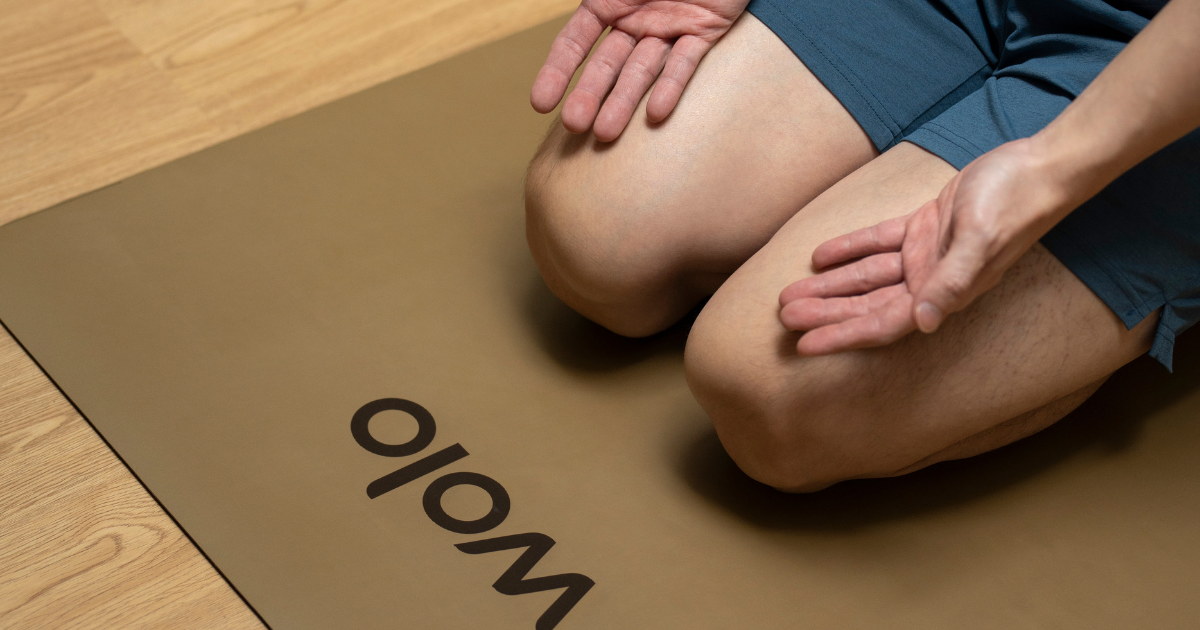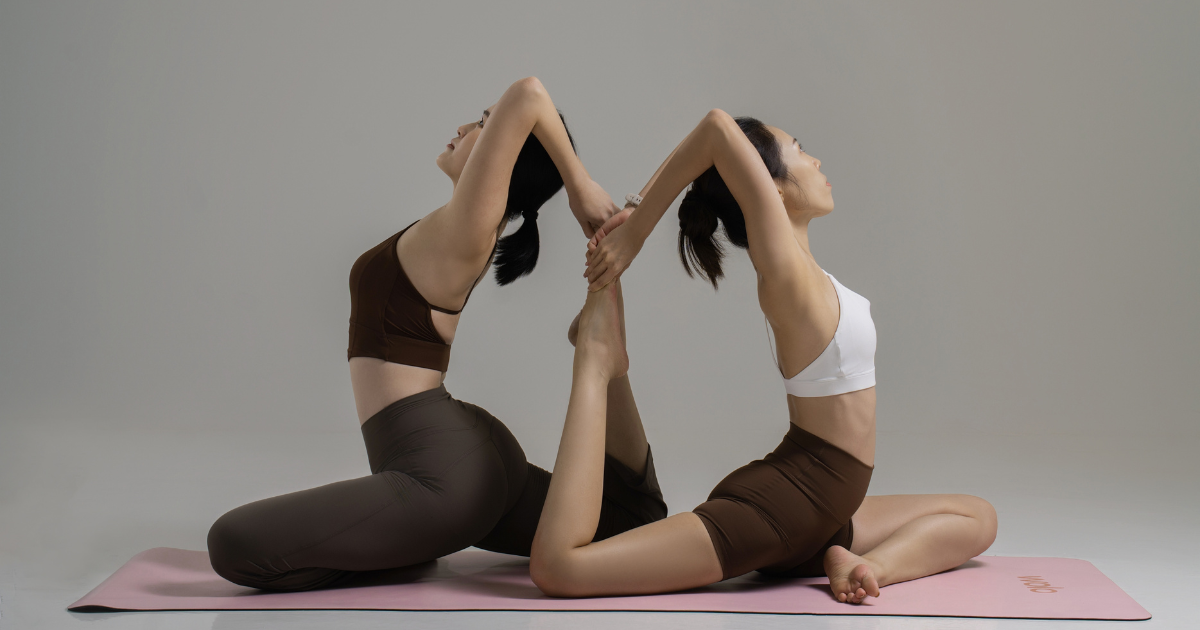In a world filled with noise, distractions, and never-ending to-do lists, mindfulness offers a quiet anchor. It helps us slow down—not just to pause, but to fully experience life.
If you’ve ever felt overwhelmed, scattered, or just not fully here, mindfulness might be what you're looking for. Here's how to start.
What Is Mindfulness?
Mindfulness is the practice of paying attention to the present moment—on purpose and without judgment. It's about noticing what’s happening in your body, mind, and surroundings right now, rather than dwelling on the past or worrying about the future.
You don’t need incense, hours of silence, or a yoga mat to be mindful. It's something you can bring into your daily activities—while eating, walking, or even washing the dishes. At its core, mindfulness is a mental habit of awareness, presence, and acceptance.
Why Practice Mindfulness? The Benefits
Mindfulness isn’t just a buzzword—it’s a life skill that creates space in your day and calm in your mind.
-
Reduces stress. Practicing mindfulness has been shown to lower cortisol levels and help manage anxiety. By shifting your focus to the present, it quiets the mental noise that fuels stress.
-
Improves focus. Regular mindfulness helps you train your attention. Instead of multitasking your way into burnout, you become better at focusing on one task at a time—improving both quality and efficiency.
-
Enhances emotional regulation. Mindfulness teaches you to notice your emotions without reacting impulsively. Over time, this helps you respond thoughtfully rather than getting swept up in anger, frustration, or fear.
-
Supports physical health. Studies have linked mindfulness to better sleep, lower blood pressure, and even improved immune function. Your body benefits when your mind is calm and connected.
-
Increases self-awareness. By tuning into your thoughts and habits, mindfulness helps you spot unhelpful patterns and make more conscious choices—whether in relationships, work, or daily routines.
5 Simple Mindfulness Techniques for Daily Life
1. Mindful Breathing & One-Minute Pause

Take 60 seconds to focus only on your breath. Inhale slowly, exhale gently. Notice the air entering your nose, your chest rising, and your body relaxing. You can do this anytime—before a meeting, in the car, or when emotions run high. This simple pause is like a mental reset button.
2. Body Scan

Find a quiet space and lie down or sit comfortably. Close your eyes and bring awareness to each part of your body, from your toes to your head. Notice any tension or sensations without judgment. This helps reconnect with your body and release physical stress.
3. Mindful Eating
Instead of rushing through meals, try eating slowly. Focus on the texture, flavor, and smell of each bite. Put your phone away. Chew slowly. This not only improves digestion but helps you enjoy your food and eat more intuitively.
4. Walking Meditation
Go for a walk and bring your attention to each step. Feel your feet hitting the ground. Notice your posture, pace, and the rhythm of your breath. Let go of the need to “think” and just walk with awareness. Parks, gardens, or even office hallways work just fine.
5. Mindful Movement

Yoga is a moving meditation. By focusing on your breath and how your body feels in each pose, you learn to stay present. Whether it’s five minutes of sun salutations or a full session, yoga helps release tension and build both mental and physical balance.
Common Challenges and How to Overcome Them
At first, mindfulness can feel awkward or even frustrating. Your mind will wander. You might forget to practice. You may wonder if you're "doing it right." That’s normal.
The biggest challenge is often the expectation that mindfulness should feel peaceful from the start. In reality, sitting still with your thoughts can surface discomfort. That discomfort is part of the process—not a failure. You’re learning to notice rather than avoid.
Another hurdle is time. But mindfulness doesn’t need to be long or formal. A one-minute check-in is better than nothing. The key is consistency, not duration. Lastly, self-judgment can creep in. When it does, treat yourself the same way you’d treat a friend—gently, patiently, and with kindness.
How to Build a Mindfulness Habit
Remember: You’re not here to get mindfulness right. Start with what you can do:
-
Anchor a one-minute breathing pause to an existing habit—after brushing your teeth or before checking your phone.
-
Use gentle reminders: set a calming phone alert, place a sticky note on your laptop, or write “breathe” on your mirror.
-
Choose one activity a day (e.g., walking, eating, showering) to do mindfully. Focus fully on that moment.
-
If you like structure, try a mindfulness app or short guided videos. They offer support and variety.
-
Missed a day? That’s okay. Start again without guilt. Each moment is a new chance to be present.
Mindfulness Is a Skill, Not a Destination
You don’t have to “achieve” mindfulness. You just have to practice it. Like playing an instrument or training a muscle, the more you do it, the more natural it becomes. There will be days you feel disconnected—and that’s fine. What matters is the habit of returning to the present. Over time, mindfulness doesn’t just become something you do. It becomes part of who you are.





